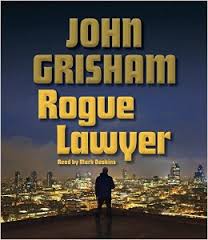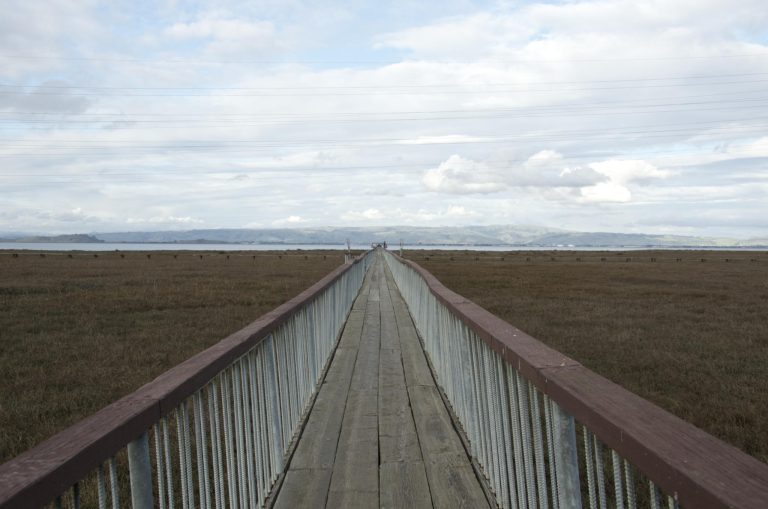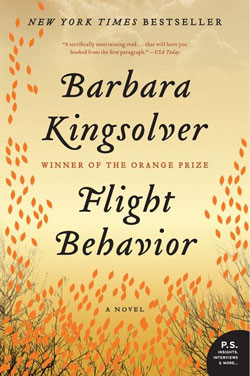Scene Structure: Scenes as Segments and Capsules of Time
For this week’s Throwback Thursday, we’re looking at excerpts from past posts on Live Write Thrive that tie in with our exploration on scene structure.
From Show, Don’t Tell—But How?
Sol Stein, in his book Stein on Writing, says, “Twentieth-century readers, transformed by film and TV, are used to seeing stories. The reading experience for a twentieth-century reader is increasingly visual. The story is happening in front of his eyes.” This is even more true in the twenty-first century. As literary agent and author Donald Maass says in Writing 21st Century Fiction: “Make characters do something that readers can visualize.”
We’ve heard it countless times: show, don’t tell. Sounds simple, right? Wrong. There are a myriad of choices a writer has to make in order to “show” and not “tell” a scene. Writers are often told they need to show, which in essence means to create visual scenes the reader can “watch” unfold as they read.
But telling a writer to “show” is vague. Just how do you show? How do you transfer the clearly enacted scene playing in your mind to the page in a way that not only gets the reader to see just what you want her to see but also comes across with the emotional impact you intend?
The Shotgun Method
Writers know that if they say “Jane was terrified,” that only tells the reader what Jane is feeling; it doesn’t show her terrified. So they go on to construct a scene that shows Jane in action and reacting to the thing that inspires fear in her. And somehow in doing so writers hope they will make their reader afraid too. But that’s often like using a shotgun approach. You aim at a target from a hundred yards away with a shotgun and hope a few buckshot pellets actually hit the bull’s eye.
Many writers think if they just “point and shoot” they will hit their target every time. But then, when they get lackluster reviews, or dozens of agent or publisher rejections, they can’t figure out what they did wrong, or failed to do. Why is this? Is there some “secret formula” to writing visually impacting scenes every time?
No, It’s Not a Secret
No, not secret. In fact, the method is not only staring writers in the face; we have all been raised watching thousands of movies and television shows. The style, technique, and methods used in film and TV are so familiar to us, we process them comfortably and even subconsciously.
We now expect these elements to appear in the novels we read, to some degree—if not consciously then subconsciously. We know what makes a great, riveting scene in a movie, and what makes a boring one—at least viscerally. And though our tastes differ, certainly, for the most part we often agree when a scene “works” or doesn’t. It either accomplishes what the writer or director has set out to do, or it flops.
Just as your novel comprises a string of scenes that flow together to tell your whole story, so too with movies and television shows. However, you, the novelist, lay out your scenes much differently from the way a screenwriter does. Whereas you might see each of your scenes as integrated, encapsulated moments of time, a movie director sees each scene as a compilation of a number of segments or pieces—a collection of camera shots that are subsequently edited and fit together to create that seamless “moment of time.”
From Altering the Quality of Time in Your Novel:
In a movie there are all kinds of techniques the director and film editor can use to speed time up and slow time down. That’s part of what I’m thinking about here. But I’m going to talk not just about the speed at which time seems to move but also the quality of time.
If that seems like an esoteric concept, it is. But I bet you can think of instances or moments when time has felt different. Not just when it slows way down (like when you’ve had an accident or when you’re waiting for a doctor to come into the exam room with your test results ) or speeds up (getting old, in general) but when it feels different. Do you have any idea of what I’m referring to?
Manipulate Time
Time is an element in your novel. You story is told over a period of time, be it a few days or forty years. You pace your novel so you have a smooth passage of time and a coherent one the reader can follow without getting tripped up (or so you hope). But handling time can also be a sort of technique you can use in your novel to evoke emotions, and maybe emotions that you can’t really name or put a finger on.
Have you ever experienced a moment when someone gave you some shocking news? Maybe someone you were close to died in a tragic accident, and you sat somewhere quietly and tried to process it. Sometimes in those instances, time feels muddled, thick, hazy. You can almost give it a physical or tactile description here.
Have you ever witnessed an accident—a car crash or something so unexpected that time seemed to stop until you could catch up to it? Yes, it seemed to slow down, but it also had a bright, shattering feeling. Maybe I’m just waxing poetic because it’s really hard for us to put into words such a nebulous sensation as the quality of time.
Poignant Beauty in a Plastic Bag
Think about your character sitting on a park bench after getting some tragic news. You could just write “Megan sat there, shocked, unable to move. She had no idea how much time passed before she realized her hands were numb from the cold winter air.” Okay, I just told you how my character felt and that she lost track of time, but I didn’t help you feel how that time passed.
Now what if you do this? Have her look around her and notice something she’s never paid attention to before. Maybe a shaft of light is  hitting the roof of a nearby car and refracting. Maybe her eyes catch on the leaves in the tree next to her shivering as if cold. Sometimes having a character notice something seemingly insignificant shows her inner awareness is shifting, and that often shifts the quality of time. This is a great place to insert a motif! (And if you don’t know what that is, read my post on it).
hitting the roof of a nearby car and refracting. Maybe her eyes catch on the leaves in the tree next to her shivering as if cold. Sometimes having a character notice something seemingly insignificant shows her inner awareness is shifting, and that often shifts the quality of time. This is a great place to insert a motif! (And if you don’t know what that is, read my post on it).
There’s that great moment in American Beauty with the swirling plastic bag. If you saw the movie, you know exactly which moment I’m talking about. It seems like such an odd bit—listening to Ricky (the teen boy love interest) talk as he shows Jane (his soon-to-be girlfriend) a video he took of a bag swirling in the wind. It’s a pivotal and important scene in the movie because Ricky voices the big theme when he says as they’re watching, “This bag was just dancing with me. Like a little kid begging me to play with it . . . for fifteen minutes. Sometimes there’s so much beauty in the world, I feel I can’t take it. And my heart is just going to cave in.” Time, at that moment, feels so altogether different than normal.
An Indescribable, Visceral Thing
Besides being a brilliant moment about beauty (what’s so beautiful about a boring bag swirling with leaves and dirt on the street?), while you watch the bag, the quality of time seems to change. The poignancy of the moment does something to time. And so with the girl on the bench in my little narrative. As she starts seeing things around her and noticing details that are small and which no one would pay attention to, time shifts in quality. Emphasis is put on small detail and keen observation.
If you can give the sense of heightened awareness—noticing sounds you hadn’t noticed, like the birds chirping, or noticing sounds disappearing, as if everything goes hush and silent suddenly—you can change the quality of time. At least that’s what I call it, and it’s something I use very deliberately in pretty much all my novels at some scene or another—particularly when I want the reader to slow down and notice something important that they might miss.
Often it’s not something visible, but more emotional or visceral. I won’t try to define it. But I intuitively sense when I need to grab the reader and get him to, in effect, sit and watch the leaves and bag swirling and notice the beauty in the moment. Maybe it’s a Zen thing.
There are moments in life where we feel strangely and marvelously alive. And there are moments when we feel we are dead and can no longer responding to anything around us. The quality of time changes in those moments too.
There are no set rules on how you can emphasize this change-in-time quality, but by having your character notice small things, which slows time down, and explore how she feels in that moment, you may find ways of expressing this very powerful effect.
If you’re interested in more about scene structure, be sure to subscribe to Live Write Thrive so you don’t miss the posts.











